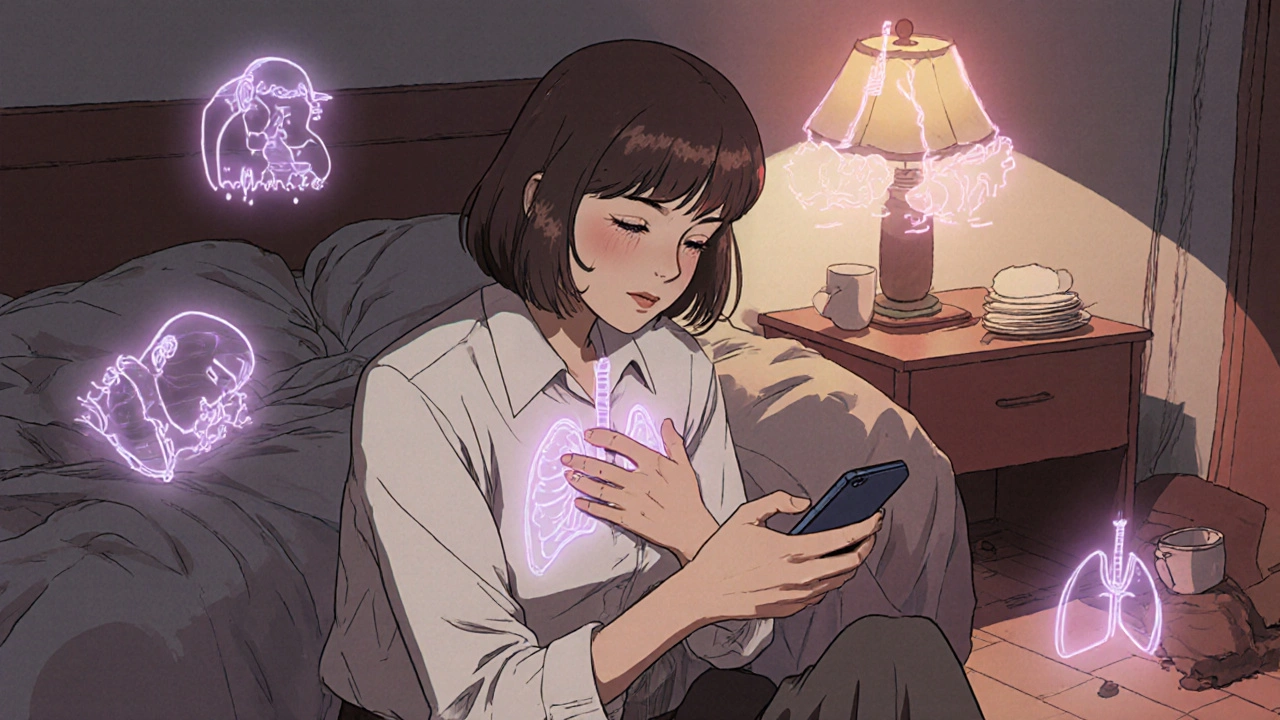
Heart disease kills more women every year than breast cancer, lung cancer, and Alzheimer’s combined. Yet, most women still don’t realize it’s their biggest health threat. In the U.S., about 307,000 women die from heart disease each year - that’s 1 in every 5 female deaths. The problem isn’t just the disease itself. It’s how often it’s missed.
Women Don’t Have ‘Classic’ Heart Attacks
When you think of a heart attack, you probably picture someone clutching their chest, collapsing, screaming in pain. That’s the movie version. Real life is different - especially for women. While chest pain happens in about 70-80% of heart attacks, women are far more likely to have symptoms that feel nothing like a heart attack. Many describe it as pressure, tightness, or a heavy weight on the chest - not the sharp, crushing pain men often report. Some women don’t feel chest pain at all. In fact, 43% of women who have heart attacks report no chest discomfort. Instead, they get symptoms that are easy to ignore:- Unexplained fatigue so bad you can’t make your bed or walk to the mailbox
- Shortness of breath during simple tasks like washing dishes or climbing stairs
- Pain or discomfort in the jaw, neck, shoulder, or back
- Nausea, vomiting, or indigestion that comes out of nowhere
- Dizziness, lightheadedness, or sudden sweating
Why Are Women’s Symptoms Different?
It’s not just in their heads. It’s in their bodies. Women’s hearts and arteries are physically different. Their coronary arteries are smaller. They’re more likely to develop microvascular disease - damage to the tiny blood vessels that feed the heart muscle. This doesn’t show up on standard heart tests designed for men. It causes fatigue, breathlessness, and chest discomfort without blocked arteries. Hormones play a role too. Estrogen helps protect women’s hearts before menopause. After menopause, that protection drops. But even before that, pregnancy complications like preeclampsia or gestational diabetes can raise heart disease risk by 80%. These aren’t just pregnancy issues - they’re early warning signs. There’s also SCAD - spontaneous coronary artery dissection. It’s rare, but it’s the #1 cause of heart attacks in women under 50. It happens when a tear forms in a heart artery, often without warning. Stress, intense exercise, or even childbirth can trigger it. Men rarely get SCAD. And then there’s Takotsubo syndrome - also called broken heart syndrome. It mimics a heart attack after extreme emotional stress. Women make up 90% of cases.Diagnosis Is Still Broken
Doctors are trained on male symptoms. Most heart tests - like stress tests and angiograms - were developed using mostly male patients. That means when women show up with fatigue, nausea, or back pain, they’re often sent home with a diagnosis of anxiety, acid reflux, or muscle strain. Research shows women under 55 are seven times more likely than men to be sent home from the ER without proper heart testing. And once they leave, their risk of dying within a year jumps by 50%. A 2022 study in JAMA Internal Medicine found that 68% of women with heart symptoms in emergency rooms were dismissed as “emotional” or “anxious.” Providers didn’t think it was cardiac - even when the signs were clear. Women are also more likely to have silent heart attacks - especially after 65. These happen without any noticeable symptoms. By the time they’re detected, damage is already done. That’s why 34% more women over 65 have silent heart attacks than men their age.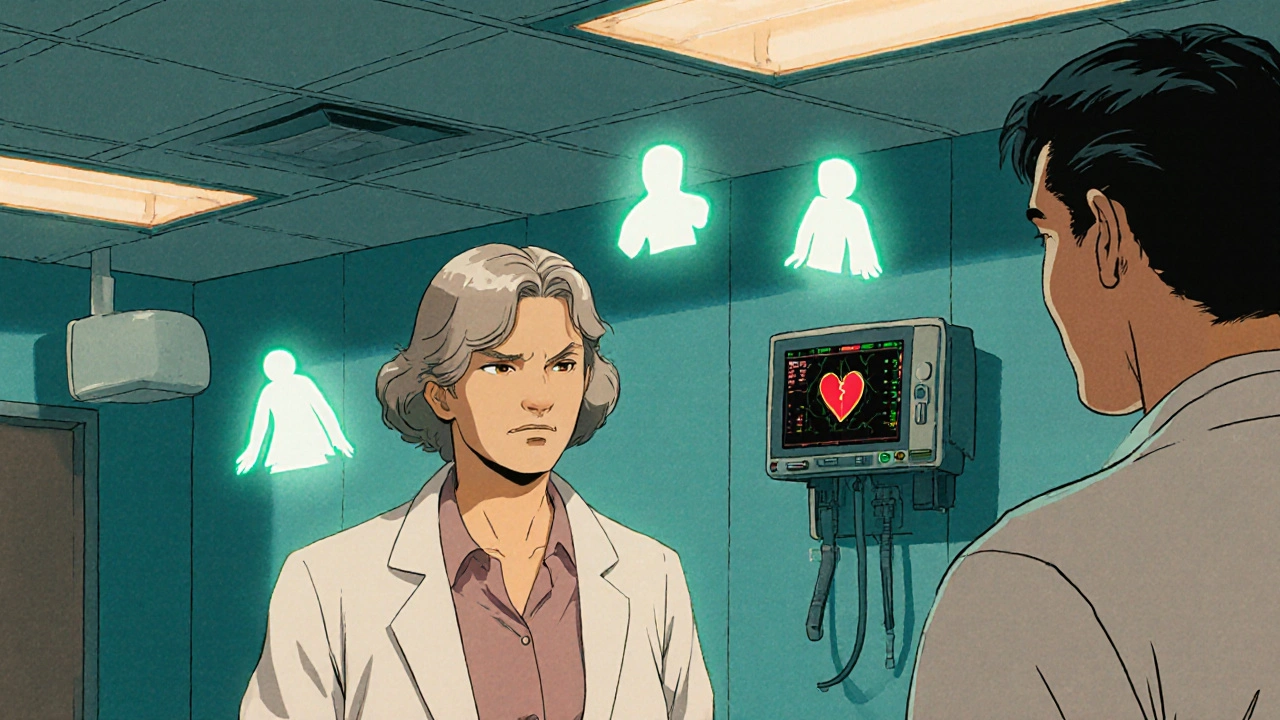
What Women Can Do: Risk Management That Actually Works
You can’t change your gender, your age, or your genes. But you can control your risk. Here’s what actually helps:- Track your menstrual and pregnancy history. Preeclampsia, gestational diabetes, or early menopause are red flags. Tell your doctor.
- Don’t ignore fatigue. If you’re exhausted for more than two weeks - especially if it’s new or worse than usual - get checked. It’s the #1 warning sign for women.
- Know your numbers. Blood pressure, cholesterol, and blood sugar matter. High blood pressure is the biggest silent killer in women. Get checked yearly.
- Move your body. Just 30 minutes of brisk walking five days a week cuts heart disease risk by 30%. You don’t need a gym. Just move.
- Manage stress. Mental stress triggers angina in women 37% more often than in men. Meditation, therapy, or even daily deep breathing can help.
- Stop smoking. Smoking damages women’s blood vessels more than men’s. Quitting cuts heart disease risk in half within one year.
When to Demand Testing
If you have three or more of these symptoms - especially if they’re new or worsening - ask for cardiac testing:- Unusual fatigue
- Shortness of breath during normal activities
- Nausea or vomiting
- Jaw, neck, or back pain
- Dizziness or lightheadedness
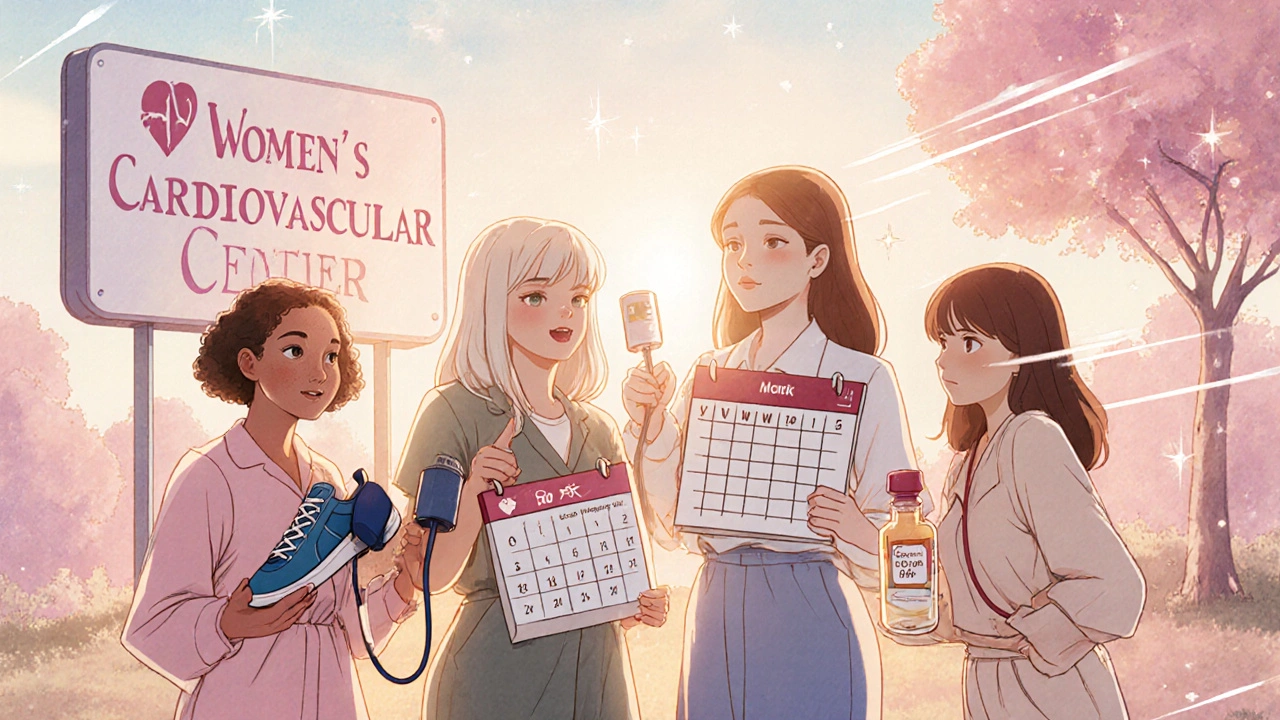
Progress Is Being Made - But Not Fast Enough
There’s good news. The NHLBI launched a $150 million research initiative called RENEW in 2023 to study sex-specific heart disease. The American College of Cardiology now certifies specialized Women’s Cardiovascular Centers. There are 147 of them nationwide, and they’re reducing diagnostic delays by 25% or more. The Corus CAD test and new AI tools trained on women’s symptoms could cut misdiagnosis rates by 40% in the next five years. Public awareness is rising - thanks to campaigns like Go Red for Women, which helped increase symptom recognition by 27% between 2004 and 2020. But here’s the hard truth: Only 34% of cardiovascular research funding focuses on women, even though they make up half the population. And women still only make up 38% of heart study participants. You can’t wait for the system to fix itself. You have to be your own advocate.Final Thought: Your Body Is Not a Man’s Body
Heart disease in women isn’t a smaller version of heart disease in men. It’s a different disease - with different symptoms, different causes, and different risks. If you feel something’s off, trust it. If a doctor dismisses you, ask for a second opinion. Bring this list of symptoms with you. The clock starts ticking the moment symptoms begin. And for women, every minute counts.Do women have heart attacks without chest pain?
Yes. About 43% of women who have heart attacks don’t experience chest pain at all. Instead, they may have extreme fatigue, nausea, shortness of breath, jaw or back pain, or dizziness. These symptoms are often mistaken for other conditions, leading to dangerous delays in treatment.
What are the top warning signs of heart disease in women?
The top warning signs include unexplained fatigue lasting more than two weeks, shortness of breath during routine activities, nausea or vomiting, pain in the jaw, neck, shoulder, or back, dizziness, and sudden sweating. These symptoms often appear weeks before a heart attack and are more common in women than in men.
Is heart disease more dangerous for women than men?
Yes, in several ways. Women are more likely to die within a year after a first heart attack, especially if misdiagnosed. They’re also more likely to develop microvascular disease and SCAD - conditions that are harder to detect and treat. Women’s heart attacks occur about 10 years later than men’s, but when they happen, they’re more deadly.
Can pregnancy affect a woman’s future heart health?
Absolutely. Complications like preeclampsia, gestational diabetes, or delivering a baby prematurely can increase a woman’s risk of heart disease by up to 80%. These aren’t just pregnancy issues - they’re early warning signs of future cardiovascular problems. Women who’ve had these complications should get regular heart screenings after delivery.
What tests should women ask for if they suspect heart problems?
If standard tests like an EKG or stress test come back normal but symptoms persist, ask for a Corus CAD blood test (which checks gene expression for heart disease risk), an echocardiogram, or a cardiac MRI. These can detect microvascular disease and other conditions that traditional tests miss.
How does menopause impact heart disease risk?
After menopause, estrogen levels drop, which removes a protective effect on the heart. This increases the risk of high blood pressure, high cholesterol, and plaque buildup in arteries. Women should start monitoring heart health more closely around menopause - including annual blood pressure, cholesterol, and blood sugar checks.
Are heart disease symptoms different for younger women?
Yes. Younger women (under 55) are more likely to experience SCAD - a spontaneous tear in a heart artery - often triggered by intense emotion, physical strain, or childbirth. Symptoms may include sudden chest pain, nausea, or shortness of breath. Because SCAD is rare and often misdiagnosed, younger women with these symptoms need urgent evaluation.
Can stress cause a heart attack in women?
Yes. Mental stress triggers angina and heart attacks in women 37% more often than in men. It can also cause Takotsubo syndrome - a temporary heart condition mimicking a heart attack, often triggered by extreme grief, fear, or shock. Chronic stress raises blood pressure and inflammation, both major risk factors for heart disease.
What lifestyle changes reduce heart disease risk the most for women?
The most effective changes are: walking 30 minutes a day five days a week, quitting smoking, managing blood pressure and cholesterol, eating more vegetables and whole grains, limiting sugar and processed foods, and reducing chronic stress. Even small changes - like swapping soda for water or taking the stairs - add up over time.
Where can women find specialized heart care?
Look for American College of Cardiology-certified Women’s Cardiovascular Centers of Excellence. These centers are required to reduce diagnostic delays for women by at least 25% compared to national averages. They offer gender-specific testing, education, and care plans tailored to women’s unique needs.
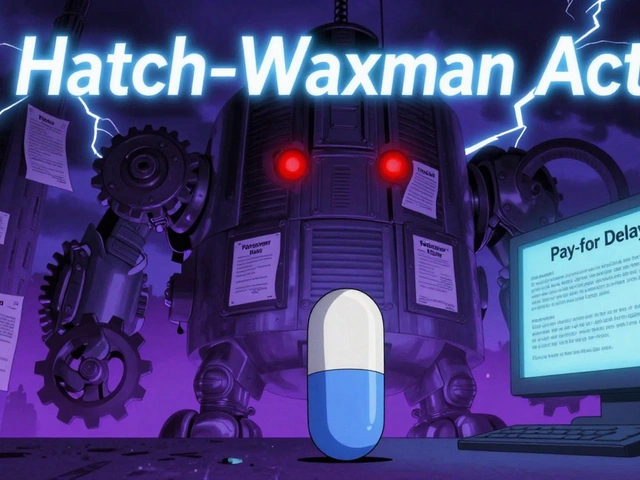
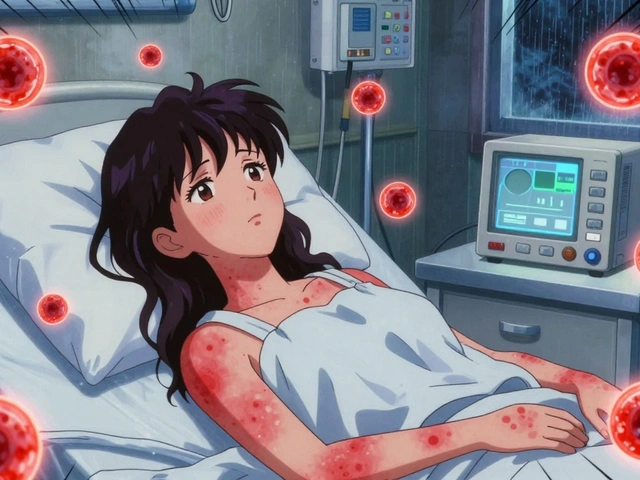

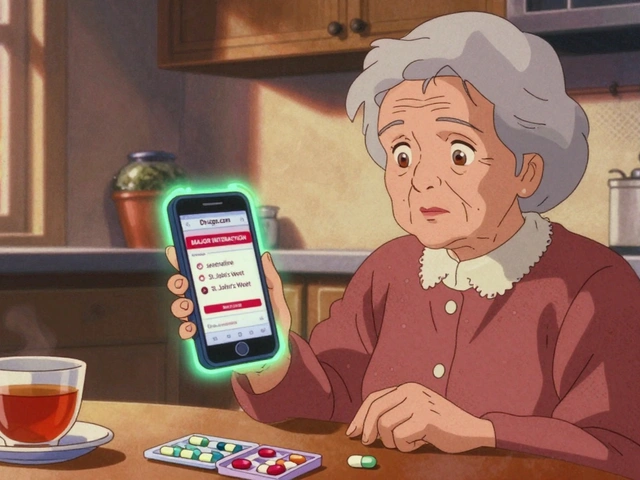

10 Comments
Been there. Thought I was just stressed from work. Three weeks of fatigue, nausea, jaw pain. Went to the ER, got sent home with Tums. Came back two days later in full cardiac arrest. They found a 90% blockage. Women’s symptoms aren’t ‘atypical’-they’re the norm. Stop treating us like broken men.
Why do we still have to beg for basic care? 😔
Actually, the microvascular disease angle is huge-most docs still think it’s ‘anxiety’ because the angiogram looks clean. But if you’ve got persistent fatigue + shortness of breath and no blockages? It’s probably microvascular. Cardiac MRI is the gold standard. I’m a nurse in Toronto and I see this every month. The system’s just not built for us.
so i had a silent heart attack last year at 58… no chest pain… just felt like i’d been run over by a truck for three days… doc said ‘you’re just tired’… turned out my lved was at 32%… i wish i’d known about the corus cad test… i almost died because no one listened…
Let’s be brutally honest: the medical establishment is still operating on 1970s male-centric protocols. Women’s cardiovascular physiology isn’t an ‘afterthought’-it’s a biological reality that’s been systematically ignored for profit and convenience. The NIH, ACC, and Pharma have all benefited from this gap. We’re not ‘atypical’-we’re the majority. And yet, 68% of ER dismissals are women. This isn’t negligence. It’s institutional sexism dressed in white coats.
India has the same problem. My aunt had SCAD after yoga class. No chest pain. Just dizziness. They sent her home. She coded 3 hours later. They don’t even teach this in med school here. We need global awareness. 💪❤️
THIS IS A MASSACRE. Women are dying because doctors still think ‘heart attack’ means a man clutching his chest on a TV show. They’re not being ‘anxious’-they’re being ERASED. And the fact that only 34% of funding goes to women’s heart research? That’s not oversight. That’s murder by bureaucracy. I’m done with polite conversation. This is a public health emergency. #GoRedForWomen isn’t a ribbon-it’s a funeral wreath.
Look. I’ve been in this game 30 years. The system is rigged. Women’s symptoms are dismissed because they’re ‘emotional’-which is code for ‘not manly enough to be real.’ But here’s the real crime: we’ve got AI tools trained on 90% male data. So when a woman walks in with fatigue and jaw pain? The algorithm says ‘low risk.’ Why? Because it’s never seen a woman’s heart attack before. We’re not just underdiagnosed-we’re algorithmically murdered. And the worst part? The people building these tools don’t even know they’re doing it.
It’s not just about symptoms or tests-it’s about how we frame health itself. We’ve been conditioned to believe that pain is the only valid signal. But women’s bodies speak in whispers. Fatigue. Nausea. Dizziness. These aren’t side effects-they’re signatures. The medical model needs to shift from crisis-response to pattern-recognition. We need longitudinal data on women’s daily health, not just ER visits. We need to stop waiting for the chest to collapse before we act. The body doesn’t scream for attention-it sighs. And we’ve been too busy to listen.
They’re lying to us. The whole system. The ‘hormone protection’ myth? That’s a lie to keep women from freaking out before menopause. Preeclampsia? They call it ‘just pregnancy’ and move on. SCAD? They don’t even test for it unless you’re screaming. And the Corus CAD test? They won’t cover it because it’s too accurate. They’d rather keep selling you statins and telling you to ‘reduce stress.’ This isn’t medicine. It’s a cult. And we’re the sacrifice.